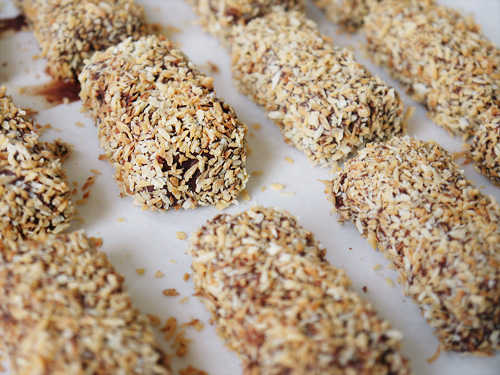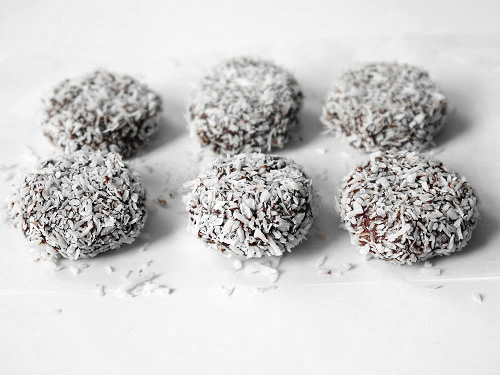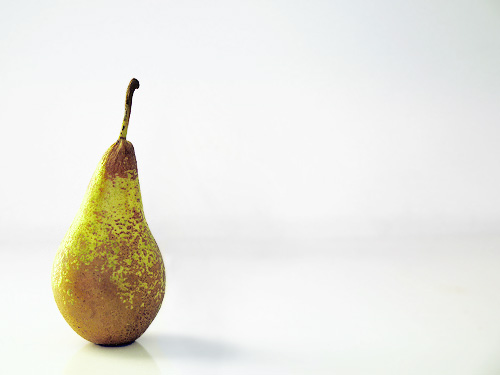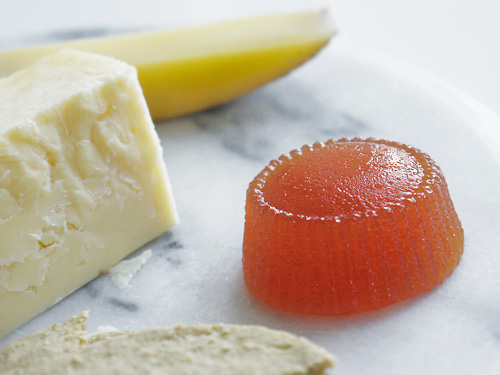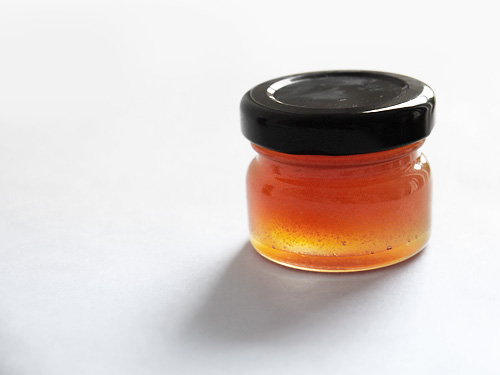Like anything Halloween-themed, there needs to be a sequel!
So today, I’ve been thinking about Halloween traditions – what are yours? Dressing up as a cat, a skeleton, a sexy shepherdess (yes, I have seen “Little Ho Peep” offered in a central London costume store…’nuff said!) or a vampire? Maybe you like to smile and ask for sweets, or prefer to run around and threaten strangers with a good pelting of eggs if they don’t dish out the sugary stuff?
Well, here is a little flavour of what we traditionally got up to in Scotland. First, and at the risk of sounding like a bad Blackadder sketch, we didn’t carve pumpkins, we carved turnips. Yes, turnip lanterns. And you know what? I really like them. They look much more like odd little goblins. Pumpkins look cute, but turnips actually look much more fitting for Halloween.
In fact, these may be the ancestors of the carved pumpkin. This was apparently a Celtic tradition to ward off evil spirits in late autumn. When those hardy Celts from Ireland and Scotland ended up in America, you can imagine that this tradition was easily applied to pumpkins, and a new tradition (and Halloween as most of us know it) was born. Surprisingly, they throw out the most amazing golden light, so you can see why people thought there was something magical about doing this.
Next, the idea of “trick or treat” was quite novel to me. Up north, we called it “guising” and the idea was children would dress up in a disguise. Guisers would go door to door and perform a party piece – sing a song or tell jokes – and you would get some nuts or pieces of fruit (oranges or apples – very healthy!). Inevitably, the attraction of sweets without the need to earn it has seen trick-or-treat take off…
And finally, we used to have treacle scones! I’m going to stick my neck out here and guess that unless you are from Scotland, you’ve never heard of this before, but of course it’s pretty easy to to guess what this involes…or at least most of this will be clear. You take a scone, cut it in half, spread each half with treacle…
…then you tie it to a string to eat it! Alright, so this final step is one for the brave, the willing and the foolish. And as you can imagine, it gets pretty messy very quickly. The sticky scone will swing back and forth, hitting you in the face and making sure you are well-covered in treacle.
You can make this even more fun by tying a string across the room, and then hanging the individual scones on other pieces of string from the main rope – the effect of this is that any swinging effect is amplified, making it more fun and increasing messiness by around 150% (note: no actual reasearch into messiness levels has been undertaken). It is, however, rather advisable to keep a damp cloth to hand, and make sure you do this either above a wooden or tile floor, or put down lots of newspapers. Treacle and cream carpets tend not to go too well with each other.
Just a note if you do decide to give this a try – tie up the scones first, then put on some treacle just before the games begin. It turns out to be rather difficult to tie up a sticky scone…
When I revisited this tradition, I did a little thinking about what to put on them. Was pure treacle the best thing to use? Well, I tried it straight up – the proper black-as-tar stuff that comes in the traditional Lyles tin.
I have to admit, it is pretty strong and actually it was not all that much fun. So I did a little experimentation, and worked out that you actually want to have a mixture of one part treacle to one or two parts lovely golden syrup. This gives you all the spiciness and complexity from the treacle (it’s surprisingly like liquorice when you mix it), but the taste is milder and is likely to prove more popular with kids. If you’re feeling very ambitious and want something that is a little less like a syrup and more like a caramel, add a little melted butter and a pinch of salt. But I assure you, it all end up in a giant sticky mess whatever you do!
That, and many a Scottish granny would frown on such frivolity when good old-fashioned treacle would do!
Happy Halloween!
To make treacle scones (makes 6 large or 12 small scones):
• 275g self-raising flour
• 75g butter
• 1 teaspoon baking powder
• 1 egg, beaten
• 125ml milk
Preheat the oven to 180°C (350°F).
Rub together the flour, baking powder and butter until it resembles rough breadcrumbs.
Mix the egg and milk, and add to the flour mixture. Stir until just combined – be careful not to over-mix. It will be quite soft and wet.
Turn the dough onto a well-floured surface and roll out to around 2 cm thick. Use a cutter to form the scones. Place on a well-floured baking sheet a few inches apart and brush the tops with a little milk.
Bake for around 15 minutes until the scones are risen and golden.
Serve the scones with butter, jam and honey, or with a side of treacle or 50/50 treacle mixed with golden syrup.
Worth making? This is a super basic scone recipe. But go on – there is a part of you that really wants to try eating them, covered in syrup, hanging from a string. You know you do.











